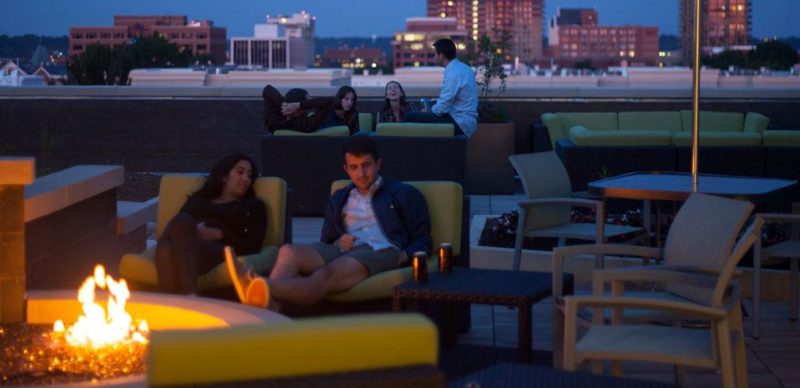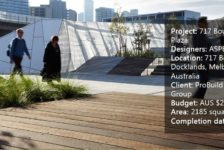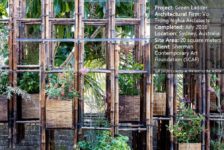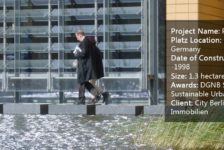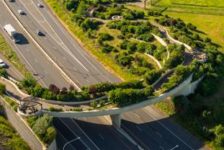LAN’s Erin Tharp interviewed landscape photographer, Erica Thum, gaining insights and expert tips on the topic of landscape photography. Once a design is installed, the next step is getting the right photos of the project to show off all its best features. This can sometimes be a challenge, especially if your photography skills are limited to the latest app on a smartphone. Landscape designer and freelance photographer Erica Thum is here to share her insights into how to really sell a project with amazing photos — with a real camera, not just a phone.
Landscape Photographer Erica Thum
LAN: Where do you find your inspiration for your photographs? Thum: I’ve been a photographer since I was about 10 years old, so photography has always just been part of who I am. Photography is how I explore the world around me. I think I use photography like many artists use drawing, as a way to stop and observe their surroundings and become more familiar with a place or people.
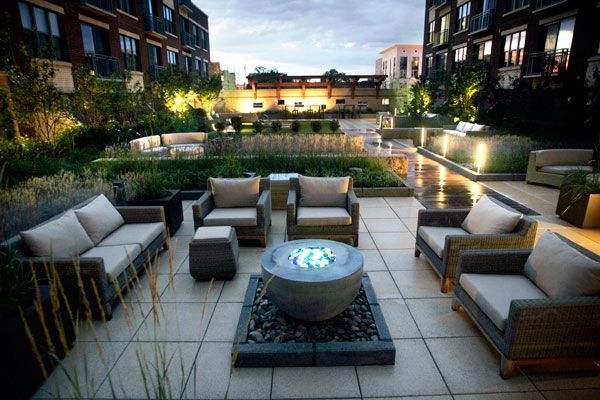
Photo credit: Erica Thum
What do you look for when you first start photographing a landscape?
Thum: When I approach a site I am not immediately drawn towards any specific elements. Mostly, it is a creative process, and I just have to allow time to “get in the groove”. It is similar to designing in that way. The more time I spend with a space, the more familiar I get, and the better the shots are likely to be.
LAN: How do you think being a landscape designer improves your landscape photography?
Thum: When I visit a designed site as an aspiring landscape architect, I can tell what details took time and effort to create and can focus on those elements. But also, landscape architects work with developers/clients on a regular basis, so we understand the types of features they currently are looking to see in landscape designs, as well as what they might be tired of seeing.
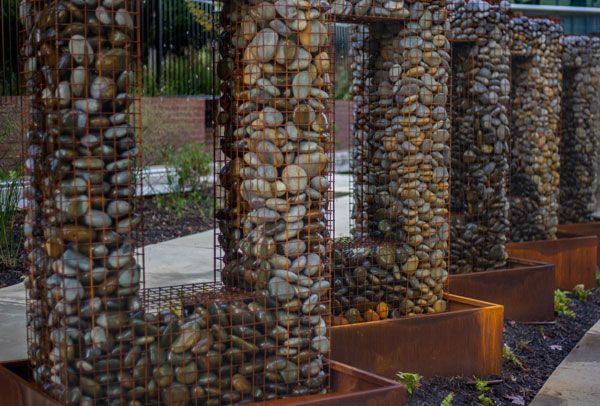
Photo credit: Erica Thum
Vice versa, do you think your photography improves your design work?
Thum: Yes. I feel strongly that having viewed the world from a very young age through photos is very similar to having viewed the world through perspectives. It is so important to not design only with “plan view” thinking and to be able to mentally walk yourself through the landscape you are creating. Know compositionally how your view will change, how the lighting will affect your mood, what will dominate your attention, and what will fade to the background, etc. That is why 3D modeling has become such an integral part of designing. Showing the client the design in plan relies on their artistic abilities to interpret the space, but giving them perspectives lets them “feel” the design. Seeing the world through photos has given me the ability to mentally “feel” what I am designing as I draw it, if that makes sense.
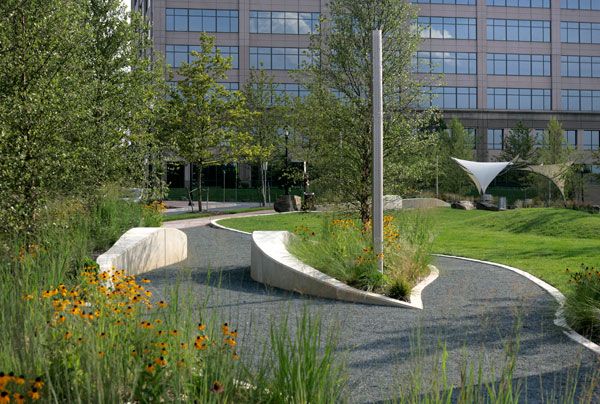
Photo credit: Erica Thum
Do you find yourself looking to your photographs for inspiration in your own landscape architecture work?
Thum: Not exactly, but photographing landscapes allows me to see how built elements come together. I think sometimes with landscape architects, early in their careers there can be a disconnect between what they are drawing on the computer screen and how it actually looks once it is built. Because I am visiting sites so often to photograph them, I am seeing some of the details that my office is drawing, so I am able to make decisions about what works and doesn’t work and then apply that to my designs.
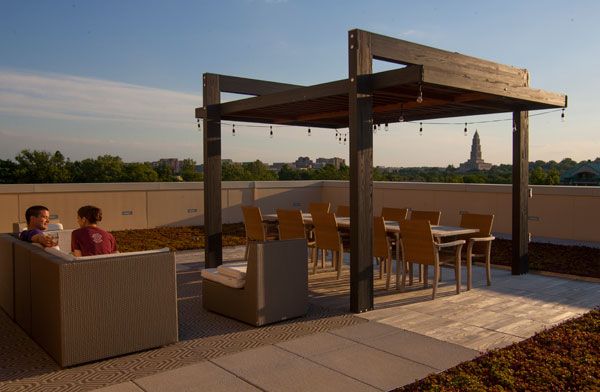
Photo credit: Erica Thum
A lot of your landscape photos include people in the spaces. What do you think this adds to the pictures?
Thum: People take an interest in seeing other people. In photojournalism school, we were taught to pay close attention to how the eye moves its way through a photo. Seeing other people, and particularly faces, serves as a strong attraction to the viewer. We were always urged to get closer to the people we were photographing to really show their expressions. I have a vague memory of an informal rule about having faces in photographs be larger than a quarter (when we printed 8×10 photos for critique) so that the viewer could actually connect with the photo. Now that I am shooting more landscapes, the rules have changed because the landscape needs to be the focus of the image. But I think the people in the images still give the shots a certain attraction to the viewer. The viewers can imagine themselves as the people in the photos, rather than just viewing the space for its qualities.
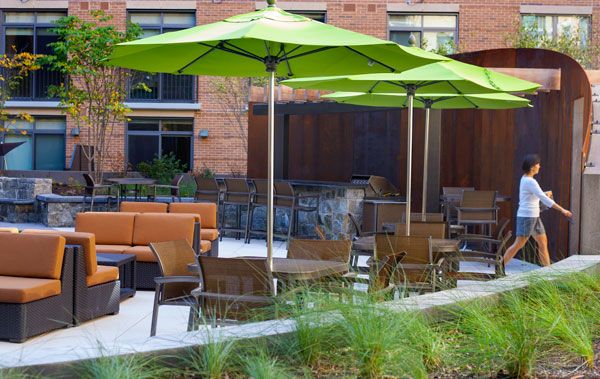
Photo credit: Erica Thum
Is there a place you’ve shot that you would like to go back and shoot again? Why?
Thum: I will re-shoot
Parker Rodriguez’s Tellus project in Arlington because I’m excited to see how beautiful it will look when the plants are more mature. But in the bigger picture, I would like to photograph landscape architecture in China. I traveled to/moved to China four times between 2000 and 2006, each time for at least three months (mostly longer). I don’t remember seeing anything but formal and traditional parks and gardens in China before 2006. It is a completely new world now with the work that I traveled to/moved to China four times between 2000 and 2006, each time for at least three months (mostly longer). I don’t remember seeing anything but formal and traditional parks and gardens in China before 2006. It is a completely new world now with the work that
Turenscape and other firms have introduced to China, and I would love to document some of the projects that are happening there.
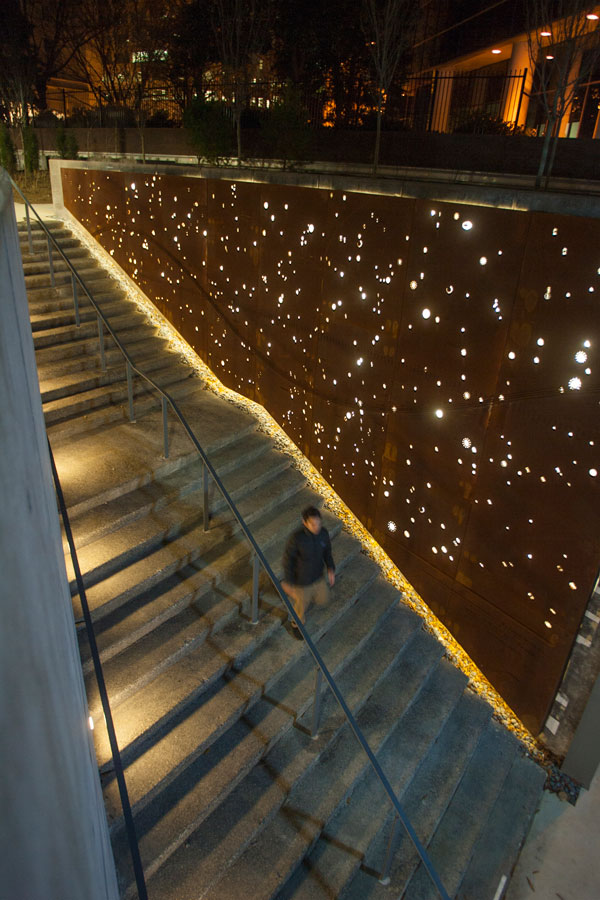
Parker Rodriguez’s Tellus project in Arlington. Photo credit: Erica Thum
There also seems to be a focus on textures, namely the plants in each space. What do you find interesting about plant textures?
Thum: Plants soften landscapes, make them feel welcoming, and add vibrancy. I don’t know if I focus on the plants in the space as much as I just try to show off the strong features of the site, and often the plants play a very strong role in making the design successful.
LAN: You also have photo stories and sports shots on your web page. Of all the types of photos you shoot, which are the most inspiring for you? Which are the hardest for you to shoot?
Thum: I’m excited to be shooting landscape photos after years of shooting news. They require a different type of planning and organizing ahead of time. In general, the most difficult photos to shoot are the ones with the least content, whether that is landscape, sports or news content. Sometimes people might think that their small garden would take less time to photograph when actually it could take more time because it requires more work to play up the few positive elements in just the right way. Either way, there is always a nice photo to be made. Sometimes simple assignments can really push me to be creative because I can’t just grab the obvious or easy shot. But creativity can take more time.

Photo credit: Erica Thum
Favorite shot?
Thum: My favorite shot is not my best shot and isn’t even on my website. It is a photograph of a young girl on the Nepal-Tibet border that I took when I was 18 years old. It is just a simple and beautiful portrait, and it might even be slightly out of focus. But to me, it resembles the first time that I realized what I wanted to do “when I grew up”. I was just learning how to really explore the world then and how to not be afraid to follow my curiosity. That curiosity has brought me to this interesting marriage of photography and design now that I truly think suits me.

Photo from Nepal. Photo credit: Erica Thum
What are the three biggest mistakes you see amateur photographers make when taking shots of the landscape?
Thum: The biggest mistake that people make is not using the frame of the photo consciously. Framing the photo is not exactly a learned skill. It is similar to other art, in that the best way to “learn” it is to view photographs that you know to be successful and gain an understanding of what makes them high quality. Understand how the viewer’s eye will scan the image. Where will it go first? Will it keep coming back to a certain part of the photo? Is that the part that you want people to be looking at? How can the perspective lines lead the eye to the place you want them to go? Should you stand up taller or get down lower to change the perspective? How will the lighting affect the mood? Then any other mistake would usually just be due to a lack of technical understanding of the camera or lighting. A problem that goes hand in hand with that is an over-reliance on the camera flash. Understand how the viewer’s eye will scan the image. Where will it go first? Will it keep coming back to a certain part of the photo? Is that the part that you want people to be looking at? How can the perspective lines lead the eye to the place you want them to go? Should you stand up taller or get down lower to change the perspective? How will the lighting affect the mood? Then any other mistake would usually just be due to a lack of technical understanding of the camera or lighting. A problem that goes hand in hand with that is an over-reliance on the camera flash.
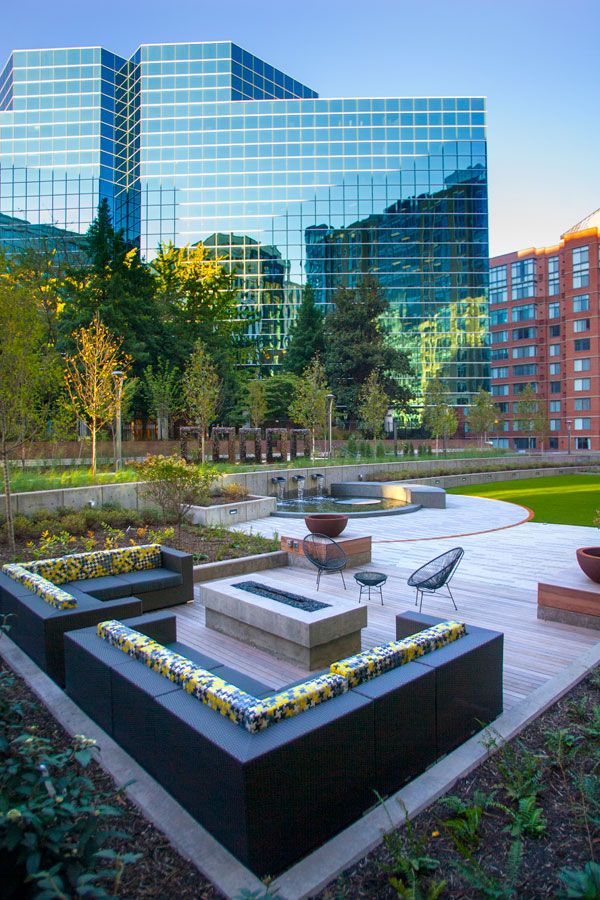
Photo credit: Erica Thum
What kind of equipment do you use? How has digital photography changed the way you work?
Thum: I rely mostly on a 16-35mm lens, a fixed 50mm lens, and a 70-200mm lens. I try to avoid using my external flash and rely mostly on the natural lighting. I was trained on both film and digital. Shooting with slide film forces you to know how to use the camera’s manual settings, because the image shows exactly what you shoot, un-doctored. Digital is higher quality, faster, and more forgiving, but it was a useful tool to learn by shooting with slide film.
LAN: What are your top three photography books that you would recommended for a budding landscape photography enthusiast?
Thum: I don’t have books on my shelf by other landscape photographers. In school, I read “
Secrets of Lighting on Location” by Bob Krist to learn lighting and technical skills, but it also just took practice. My photography background started with environmental portraiture and news photography, and the books on my shelves reflect that. Even though it sounds obvious, I would strongly recommend reading your camera’s manual. Getting to the point where you can use your camera’s settings without thinking about them is where you want to be. – In the end, it would seem that the skills needed to be a good photographer and a good landscape architect go hand in hand. Using what you already know about landscape architecture and applying that knowledge to your site photos assure you end up with a lovely picture. Thank you to Erica Thum for taking time out of her busy schedule to talk to all of us here at LAN. You can visit Thum’s website to see more of her work,
www.ericathumphotography.com Recommended Reading:
Interview conducted by Erin Tharp Return to Homepage
Published in Blog











